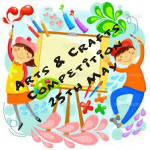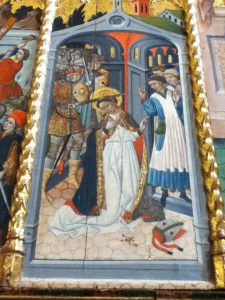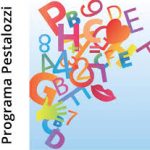Welcome to the English Aragonbilingüe Site
This site provides you with all the latest information regarding the bilingual project in Aragón. If you wish to contribute to the site with comments, materials or ideas and join the bilingual community please contact
¡ATENCIÓN! Os informamos que a partir del 30 de Junio, los correos asesorle1@aragon.es y asesorle2@aragon.es dejarán de estar activos. El nuevo correo de contacto será lenguas@aragon.es
Talks for teachers from some conferences.
A wonderful thing about this global online world we are living in is that we can get access to some teacher training events which were recorded and uploaded to some websites. If you are interested in watching a couple of talks from two different conferences you can follow these links.
The first one is from the ELT British Conference held in Madrid on 1st October 2016 and is related to CLIL. Rebecca Place presents the idea of bringing the knowledge from outside the school into the lessons.
The second one is from the EdmodoCon held in San Mateo, California, USA, on 2th and 3rd August 2016. Stephanie Ward underlines the importance of sharing what happened in the class to the rest of the world.
https://www.youtube.com/watch?v=HxYd8CgFD8k
SEMINARIO NACIONAL PESTALOZZI
SEMINARIO NACIONAL PESTALOZZI
Recordatorio del plazo para apuntarse al seminario nacional de formación continua “The Pestalozzi Programme spirit: for an inclusive school” que tendrá lugar el 23 de septiembre. Enlace a la inscripción online (hasta el 31 de julio):http://goo.gl/TGSWG5
Más información sobre el Programa Pestalozzi del Consejo de Europa: http://goo.gl/oWwTQu
Science on Stage publication

The science of football.
What is the perfect curve of a ball’s trajectory, what must the ideal turf be like, and what’s the CO2 balance of the UEFA European Championship?
Football offers a great variety of questions and issues for your STEM classes: 20 teachers from 15 European countries developed twelve teaching units, presenting interesting experiments around football for biology, chemistry, computer sciences, maths and physics. From the measurement of the mass of the air inside the ball, to the influence of energy drinks on the performance of the players up to calculating the chance of scoring during a penalty shoot-out the brochure contains a broad spectrum of interdisciplinary challenges for secondary school students. The various teaching units encourage them to discover the natural scientific phenomena behind the popular game.
ERASMUS+ 2016. Listados definitivos de solicitudes seleccionadas

ERASMUS+ 2016. Listados definitivos de solicitudes seleccionadas, en lista de espera, rechazadas y excluídas de Proyectos de Movilidad de las personas por motivos de aprendizaje, Acción Clave 1 (KA1).
>>>>http://sepie.es/convocatoria/
AUTORIZACIÓN PARA IMPARTIR SEGUNDA LENGUA EXTRANJERA EN 5º Y 6º DE EDUCACIÓN PRIMARIA
RESOLUCIÓN POR LA QUE SE CONVOCA A LOS CENTROS DOCENTES DE EDUCACIÓN INFANTIL Y PRIMARIA DE LA COMUNIDAD AUTÓNOMA DE ARAGÓN PARA SOLICITAR LA AUTORIZACIÓN PARA IMPARTIR SEGUNDA LENGUA EXTRANJERA EN 5.º Y 6.º DE EDUCACIÓN PRIMARIA
IES PARQUE GOYA Romeo and Juliet
Abajo pongo el link a la página de OUP donde está colgado el vídeo de Romeo and Juliet del centro IES Parque Goya de Zaragoza, para que podáis verlo y votar por él.
Os rogamos hagáis difusión del mismo para poder optar a algún premio.
https://oupspain.wishpond.com/








 D5 Creation
D5 Creation